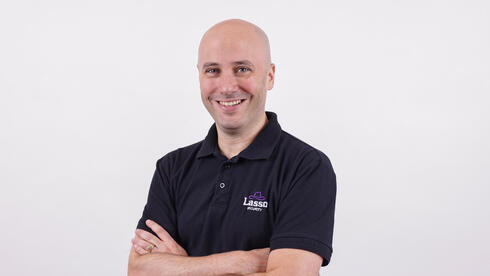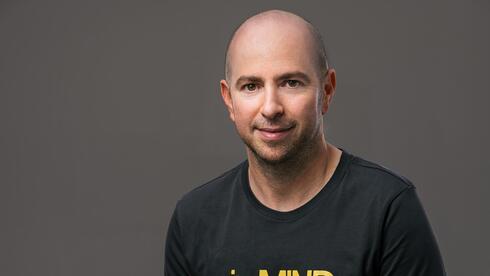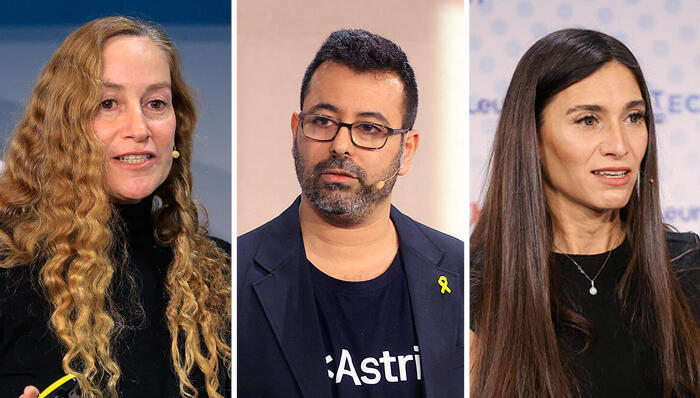
Opinion
The new Medici effect: How no-code tools are sparking the next wave of innovation
From Renaissance art to modern apps, creativity thrives where disciplines collide.
Innovation, entrepreneurship, and groundbreaking ideas often come from an unexpected place - the intersection of different fields. Leonardo da Vinci, a symbol of genius and creativity, understood this centuries ago and this is the basis for generating innovative ideas . He wasn’t just an artist, he was a genius at creating effective disruption. He was a scientist, an engineer, and an anatomist. By merging these disciplines, he developed inventions and artworks far ahead of his time. Some even consider him the world’s first startup founder.
In 2004, author Frans Johansson introduced a term for this phenomenon: the Medici Effect. The concept is simple. When ideas from different fields or cultures collide, they spark something new. Fresh, surprising innovations emerge. Johansson named it after the Medici family, patrons of the arts, philosophy, and science during the Renaissance. By funding diverse thinkers, they created an explosion of creativity - one that shaped the modern world.
Centuries later, history repeated itself in Silicon Valley. Immigrants from India, China, and Europe brought their cultures and expertise to the U.S. When their knowledge mixed with American business culture and advancements in computer science, engineering, design, and marketing, a revolution ignited. The results were Companies like Google, Intel, and Apple, which reshaped technology forever.
Few embodied this mindset better than Steve Jobs. He meditated in the morning, attended physics lectures at Stanford, and envisioned new ways to merge design, engineering, and technology. When unveiling Apple products, he often displayed a slide illustrating the union of "liberal arts" and "technology." Jobs saw himself as a modern-day da Vinci. "Leonardo saw beauty in both art and engineering," he once said, "and therein lies his genius."
The No-Code Revolution: A Modern Medici Effect
Now, the Medici Effect is striking again. This time, it’s happening in the digital world. The no-code movement is revolutionizing how we build technology. It’s no longer just about connecting fields of knowledge. It’s about turning those connections into real products - without needing programmers or massive resources.
A few years ago, the idea of developing software without writing code seemed like fantasy, like dreaming of painting without a brush or composing music without an instrument. For years, coding was the biggest barrier to creative tech ideas. We can imagine that without this obstacle, we would have been witness to a few companies like Apple and many other innovative products that would have changed our lives.
Today, it’s reality. Advanced platforms have unlocked a new world of possibilities.
The internet made information accessible to everyone. No-code is doing the same for software development. In the past, creating an app required programming skills or expensive developers. Now, anyone with a great idea can bring it to life. Tools like Webflow, Bubble, and Airtable empower people with no technical background to build digital solutions - fast.
What No-Code Can Do
No-code tools are breaking barriers and giving more people the ability to innovate. Here’s how:
- Fast product development: Create apps, websites, and data systems in days, not months. A solo entrepreneur can build a custom resource management system using Bubble - with no need for a full development team.
- Rapid prototyping: Startups can test ideas cheaply. Founders use Figma for visual models and Adalo to launch early versions of their apps.
- Automation: Businesses save time with platforms like Zapier and Make, streamlining workflows. For example, linking Google Forms to a CRM can cut hours of manual data entry.
- Enhanced user experience: Web designers use Webflow to tweak and improve sites instantly based on user feedback.
- Education & training: Teachers create interactive learning platforms with tools like Glide, making education more engaging and personalized.
- Community & social projects: Even with limited resources, organizations can build platforms for collaboration. A nonprofit might use Airtable and WordPress to create a community hub.
Centuries ago, the Medici family created an ecosystem where diverse minds could collaborate, inspiring an era of innovation. Today, no-code platforms are doing the same. They provide a space where anyone - regardless of technical skills - can create, experiment, and build. And this revolution is just beginning.
The author is a serial entrepreneur and founder of nCode Academy, a platform for learning no-code software development.














